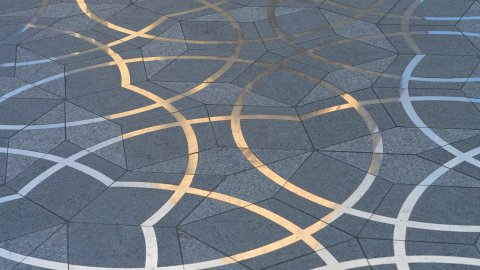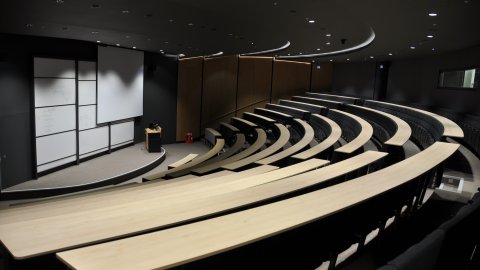Moduli stacks of potentially Barsotti-Tate Galois representations
Abstract
I will discuss joint work with Ana Caraiani, Matthew Emerton and David Savitt, in which we construct moduli stacks of two-dimensional potentially Barsotti-Tate Galois representations, and study the relationship of their geometry to the weight part of Serre's conjecture.



